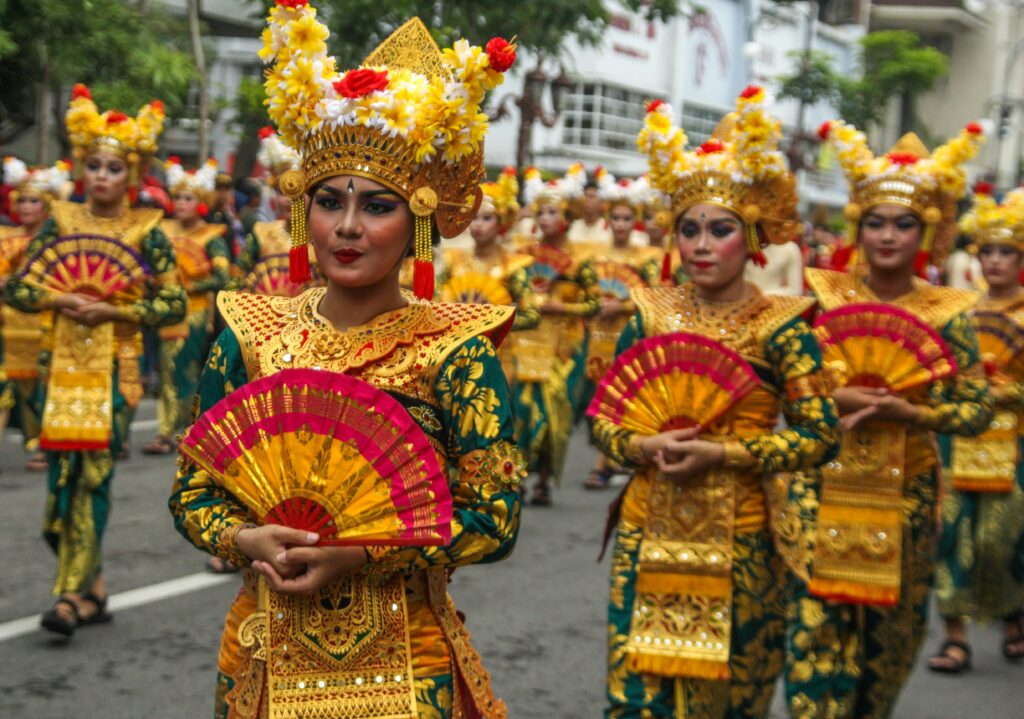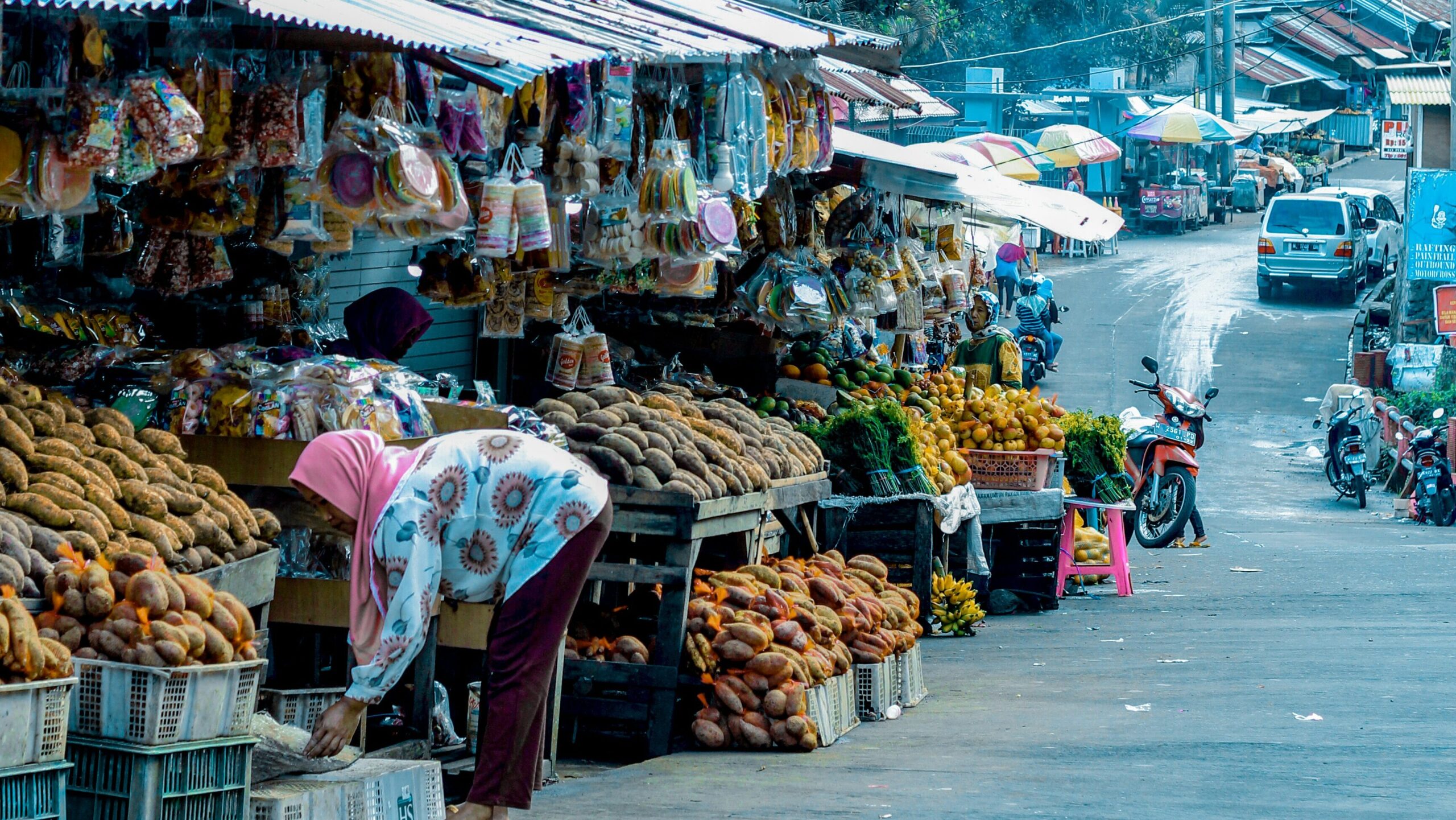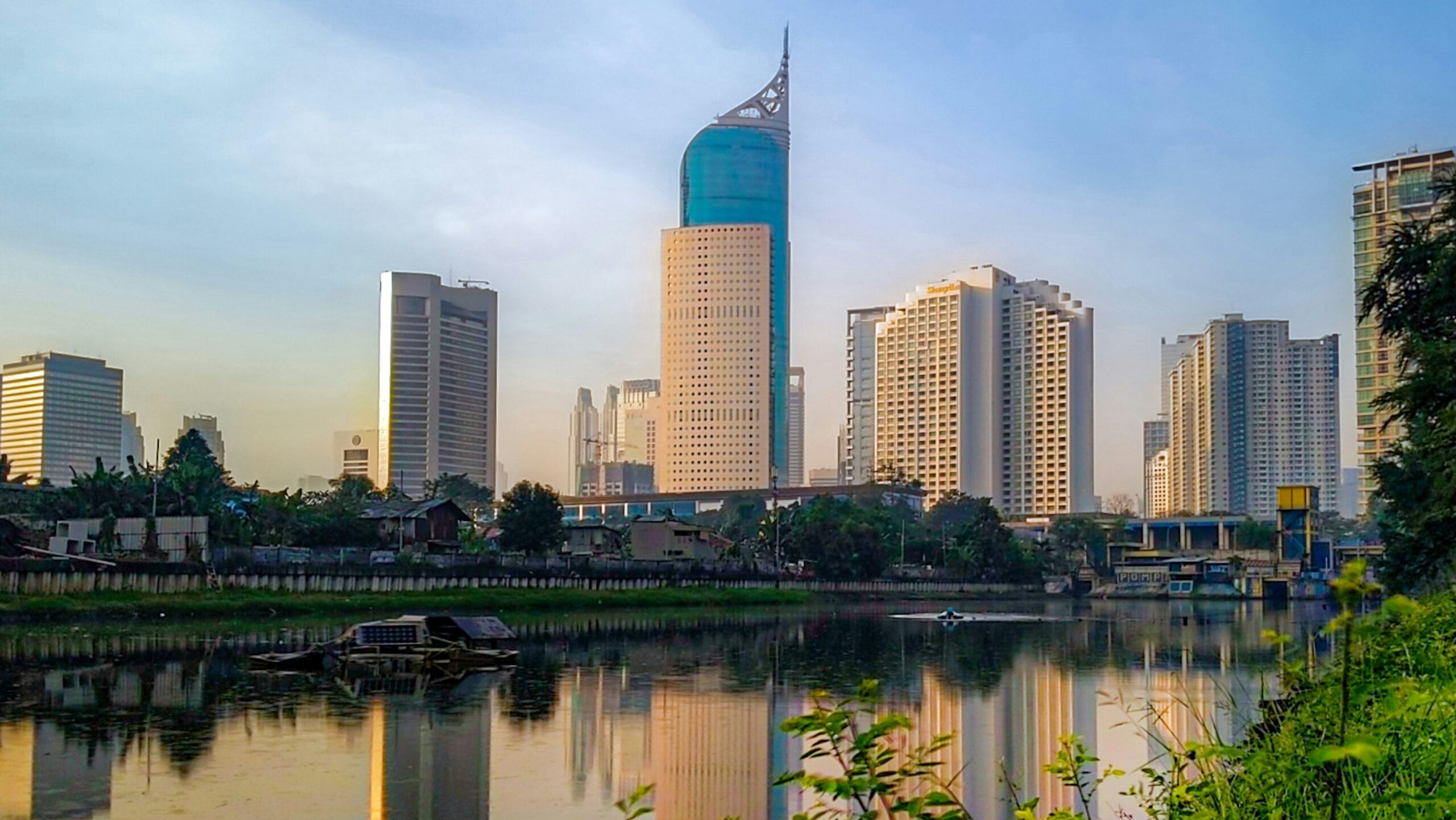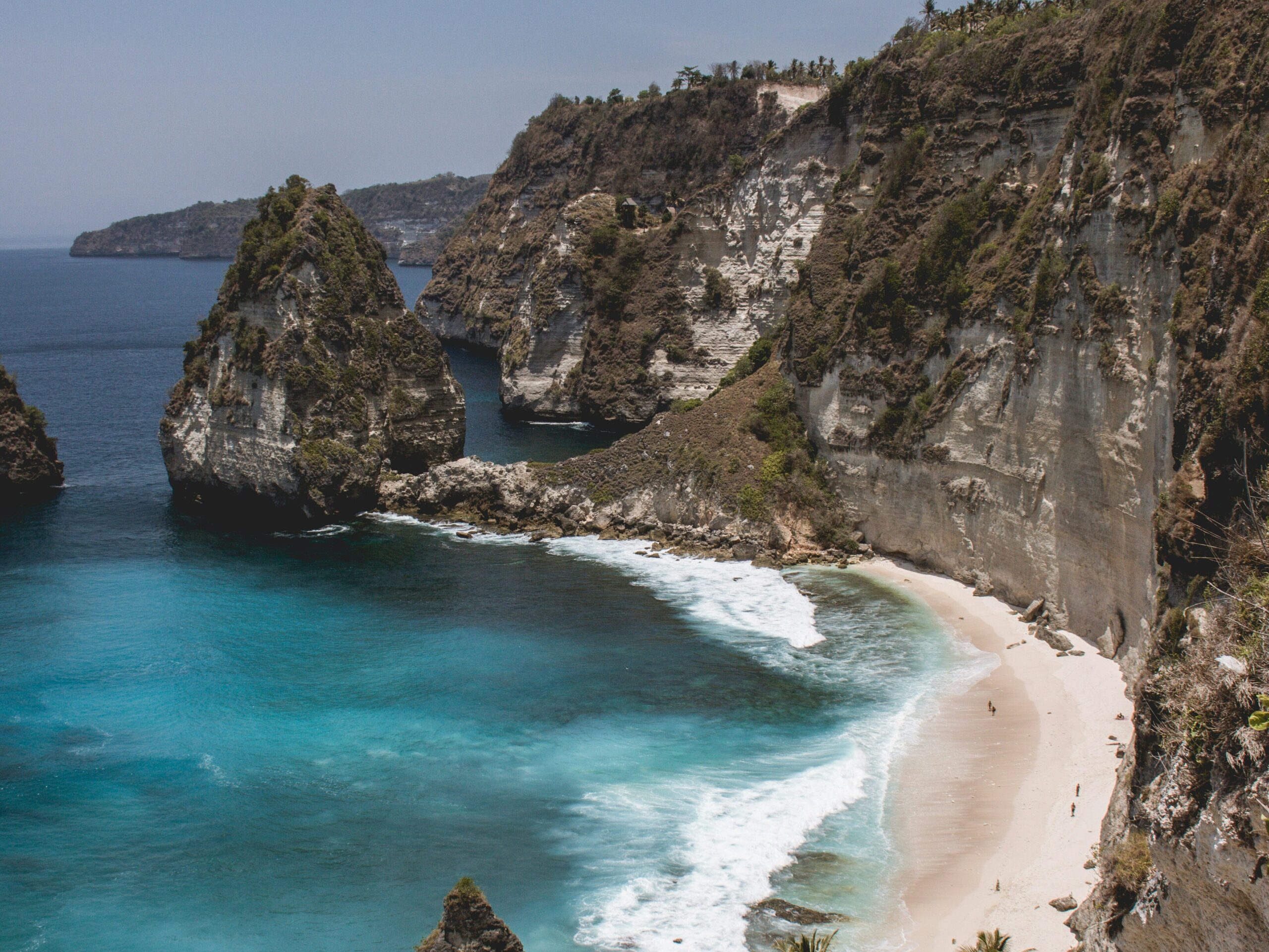
Why Indonesia?
If you’re chasing a land where ancient temples meet coral-ringed islands, where volcanoes simmer beside rice terraces, and where a warung lunch might just change your life—Indonesia needs to be on your radar. At Cerca we’ve drifted from Java’s megacities to the tribal highlands of Sulawesi, and this is the guide we built to get you started on your own beautiful journey.
Let’s get into it: here’s how to travel to Indonesia like you’ve done it before. And our favorite bonus—the films we love set in Indonesia so you can set the mood before you fly.
First, the basics:
Indonesia is the world’s largest archipelago, with over 17,000 islands—but here’s the core breakdown:
Western Indonesia includes Sumatra and Java (home to the capital, Jakarta, and cultural hub Yogyakarta).
Central Indonesia includes Bali, Lombok, and Komodo—this is the zone most tourists know.
Eastern Indonesia is wilder and more remote—Flores, the Banda Islands, Papua. Fewer tourists, more adventure.
1. Visa Requirements: What U.S. Travelers Need
U.S. passport holders can get a Visa on Arrival (VOA) for up to 30 days. It costs about $35 USD and can be extended once for another 30 days. Your passport must be valid for at least six months. Proof of onward travel might be asked at immigration.
Check for up-to-date alerts from the US State Department.
No required vaccines at the moment, but check with a travel clinic if you’re heading to rural or jungle areas (they may recommend typhoid, hep A, or malaria meds).
Pro Tip: Download the PeduliLindungi app (Indonesia’s health tracking app). You may need it for domestic flights or entry to some venues.

2. How Safe is Indonesia for Travelers?
Indonesia is generally safe, but it’s vast and varied. Big cities like Jakarta have more petty crime, while Bali is more relaxed but tourist-targeted scams do exist. In remote areas, basic infrastructure and healthcare can be lacking.
For solo female travelers…
Bali, Yogyakarta, and the Gili Islands are friendly and popular among solo women. As a Muslim-majority country, modest dress is appreciated in most parts of Indonesia (outside of Bali). Loose pants and a shawl go a long way in rural Java or Lombok.
Cerca Tip: Use Grab or Gojek after dark instead of walking. Don’t flash valuables, and avoid rural roads or isolated beaches at night.
LGBTQ+ Travel…
It’s complicated. Bali is more tolerant and has a visible queer scene, especially in Ubud and Seminyak. Elsewhere, it’s best to be discreet—particularly in conservative Muslim regions like Aceh, where Sharia law is enforced.
Advice: As in Malaysia, solo or group travel tends to go smoother than overt coupledom. Respect local norms and avoid PDA.

3. Culture
Indonesia is a kaleidoscope of cultures—Javanese, Balinese, Sundanese, Torajan, Papuan. Wherever you go, there’s a story behind every dance, dish, and doorway.
First, know where you’re traveling – here’s a little background on Indonesia:
For centuries, Indonesia was a maritime crossroads—home to powerful kingdoms like Srivijaya in Sumatra and Majapahit in Java, which thrived on trade with India, China, and the Arab world. These exchanges brought Hinduism, Buddhism, and later Islam, shaping the region’s spiritual and cultural identity. The islands also served as vital waypoints in the global spice trade, drawing the attention of European powers. The Dutch arrived in the early 1600s, gradually establishing control through the Dutch East India Company and later direct colonial rule, turning the archipelago into the Netherlands East Indies.
Indonesia declared independence in 1945, following the Japanese occupation during World War II. But it wasn’t until 1949—after a bitter four-year struggle—that the Dutch finally recognized its sovereignty. The post-colonial era was marked by dramatic political shifts: Sukarno’s charismatic leadership gave way to Suharto’s decades-long authoritarian “New Order,” which emphasized economic growth but suppressed dissent. The 1998 Asian Financial Crisis triggered Suharto’s fall and ushered in a new era of democracy and decentralization. Today, Indonesia is the world’s third-largest democracy, a diverse and dynamic nation navigating the complexities of modernity while holding fiercely to its cultural roots.

Experiences You Shouldn’t Miss
See a Kecak Fire Dance in Bali
Held at cliffside temples like Uluwatu, this hypnotic, fire-lit performance brings the Ramayana epic to life.
Take a Batik Workshop in Yogyakarta
This UNESCO-recognized textile art is hands-on, slow, and meditative.
Witness a Balinese Temple Ceremony
If invited (be respectful), attend a local temple ceremony. Wear a sarong and sash, and soak up the incense, gamelan, and offerings.
Trek with the Toraja in Sulawesi
Learn about elaborate death rituals and cliffside burial sites. One of the most unique Indigenous cultures in the world.
Visit Komodo National Park
Home to the famous Komodo dragons and pink sand beaches. Go with a licensed eco-certified tour operator.
4. Money: How to Pay and What to Budget
Currency: Indonesian Rupiah (IDR). $1 USD ≈ 15,500 IDR, but it fluctuates.
Do You Need Cash?
Absolutely. You’ll need cash for markets, ferries, tips, warungs (small restaurants), and local shops. Big hotels and Western-style restaurants take cards.
Digital Payments:
GrabPay and GoPay are popular, especially in cities. QRIS codes (universal QR system) are accepted in more spots now.
Cerca Tip: Use ATMs from BCA or Mandiri. Avoid airport currency exchange. Always carry smaller notes—many places can’t break a 100,000 IDR bill.

5. Transportation: Getting Around Like a Local
In Cities…
Gojek and Grab rule—cheap, fast, and scooter-based.
In Bali…
Scooters are king. Rent one only if you’re experienced. Otherwise, hire a driver or use Bluebird taxis.
Between Islands…
Flights are often the only option. Garuda Indonesia is the national carrier, but Lion Air and Citilink are budget-friendly.
Trains (Java only):
Excellent and scenic. Book tickets via Traveloka or KAI Access. Yogyakarta to Jakarta is a classic route.
Sustainable Note: Trains and shared minibuses (called angkot) have a lower footprint than flights. On islands, travel slow—support local ferries over private speedboats where possible.

6. Cities You Should Know
Jakarta
Chaotic, massive, but with some hidden gems—like Kota Tua (Old Town), museum cafés, and art galleries in Kemang.
Yogyakarta (Jogja)
Culture capital of Java. Visit Borobudur and Prambanan temples, and catch a shadow puppet show.
Ubud, Bali
Rice terraces, yoga studios, and organic cafés—but also temples, markets, and day hikes. More than just a digital nomad haven.
Labuan Bajo, Flores
Jumping-off point for Komodo, but also has epic diving, waterfalls, and quiet islands to explore.

7. Food Safety: What to Eat and What to Avoid
Indonesian food is bold, spicy, and deeply regional. And yes—street food is fair game.
Street Food Tips
Busy stall = fresh turnover. Avoid anything with lukewarm meats or dairy. Look for stalls with clean prep areas and locals eating.
Water
Don’t drink tap water. Stick to bottled or filtered. Many cafés now offer refill stations.
Sustainable Tip: Bring a LifeStraw or a refillable bottle with UV or carbon filter to cut down on single-use plastics.
8. Respect the Culture: Don’t Be That Tourist
Dress Code
Modest in most places. In Bali, anything goes—but respect the temples. Always wear a sarong and sash.
Religion
Indonesia is the world’s largest Muslim-majority nation, but also home to millions of Hindus, Christians, and Buddhists. Respect prayer times and religious festivals.
Taboos
Never use your left hand for eating or giving.
Don’t touch heads or point your feet at people.
Avoid overt PDA—even in Bali.

9. Packing Tips for Indonesia
Lightweight, breathable clothes (it’s humid!)
Sarong (for temples and the beach)
Waterproof bag or dry sack (rain + boat rides)
Mosquito repellent (dengue is a risk)
Power adapter (Type C and F, like Europe)
Reef-safe sunscreen
10. Travel Sustainably and Responsibly
Stay in eco-lodges and family-run guesthouses
Use reef-safe sunscreen and avoid stepping on coral
Don’t buy souvenirs made from shells, coral, or animal products
Avoid any “wildlife selfie” experiences
Support Indigenous art and cultural guides—especially in places like Papua, Sulawesi, and Sumba
Indonesia’s biodiversity is unmatched—but it’s also fragile. How you travel matters.

BONUS: Get Ready For Your Trip
Films Set in Indonesia:
Eat Pray Love (2010)
Where: Bali (Ubud)
Go Here IRL: Campuhan Ridge Walk, Tegalalang Rice Terraces
The Year of Living Dangerously (1982)
Where: Jakarta
Mel Gibson’s dramatic turn in pre-coup Indonesia—history buffs take note.
The Act of Killing (2012)
Where: North Sumatra
Powerful, surreal doc on the 1965–66 genocide. Watch before visiting Medan or understanding Indonesian politics.
Savages (2012)
Where: Moyo Island
Parts filmed in Sumbawa. Gorgeous, wild island scenes.
Beyond the Edge (2013)
Where: Papua
Epic footage of Indonesia’s most remote region—good pre-trek film if you’re heading east.
Indonesia is not a country you can rush. It’s a place to wander, to listen, to dive deep—into temples, jungles, or the back corner of a warung with the best sambal you’ve ever had. Whether you’re surfing in Lombok, trekking in Flores, or dancing in a Balinese courtyard under the full moon—travel with humility and curiosity.
Go slow. Go grateful. Go barefoot sometimes.
See you on the road.
— The Cerca Travel Crew